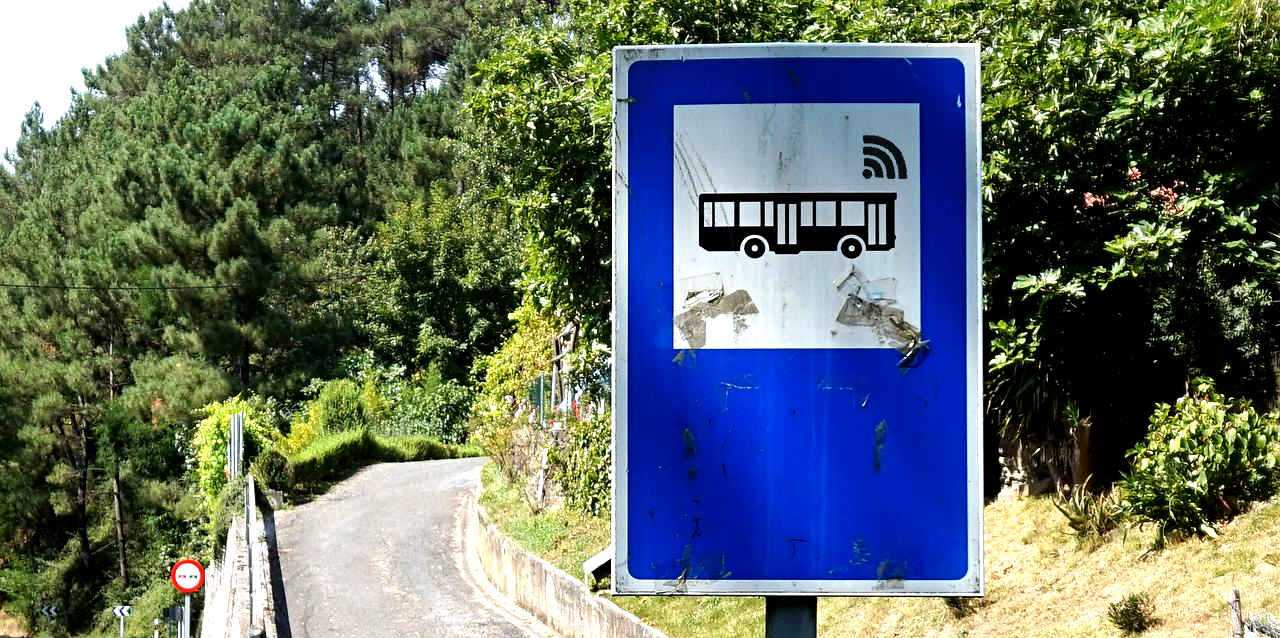CoASTS
Consequences of Automated Shared Transport Systems on Land Use Changes at Railway Stations and Residential Areas of Agglomerations
Project details
Duration
04.2016-03.2018
Sponsor
Staff
Professor U. Weidmann, P. Khaligh and M. Sinner
Summary
The constructive or destructive impacts of autonomous vehicles on the land use and human settlements are yet unclear. In order to plan preventive measures against destructive impacts and reinforce solutions to embrace the positive effects of autonomous vehicles on the mobility of residents and the liveability of human settlements, one needs to first identify the plausible operational scenarios of such vehicles. These scenarios may include those related to privately-owned autonomous cars, Free Floating Carsharing (FFC) and ridesharing with autonomous vehicles, as well as autonomous busses and autonomous feeder shuttles. Only then, their consequences on land use patterns around railway stations and the land use pattern changes within agglomerations can be determined.
